Feast October 20 Beatified February 18, 1981 | Role Martyr Name Magdalene Nagasaki | |
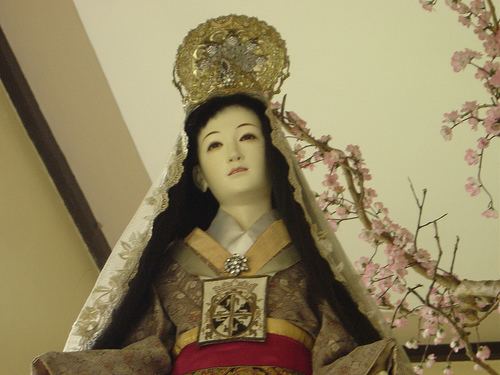 | ||
Attributes Palm, Augustinian habit (without the typical nun hair net, since she was a lay sister), books Patronage Secular Augustinian Recollects Controversy Was formerly thought to be Dominican but decisions from the Vatican confirmed her to be an Augustinian Similar People Lorenzo Ruiz, Paulo Miki, Gonsalo Garcia | ||
Saint Magdalene of Nagasaki (長崎のマグダレナ, Nagasaki no Magudarena) was a Japanese christian born in 1611 as the daughter of a Christian couple martyred about 1620. With the arrival of the Augustinian Order, Magdalene served as an Augustinian lay sister or tertiary, interpreter and catechist for Fathers Francis of Jesus Terrero and Vincent of Saint Anthony Simoens.
Contents
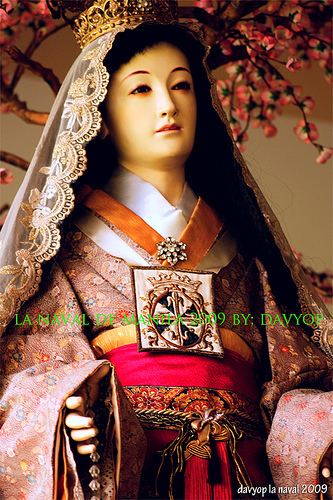
In 1632, these two Augustinian friars, who had been her spiritual counselors, were burned alive. After the martyrdom of her counselors, she apprenticed herself to two other Augustinians, Fathers Melchior of Saint Augustine and Martin of Saint Nicholas. When these two friars were also put to death, she turned to Father Giordano Ansaloni de San Esteban, a Dominican.
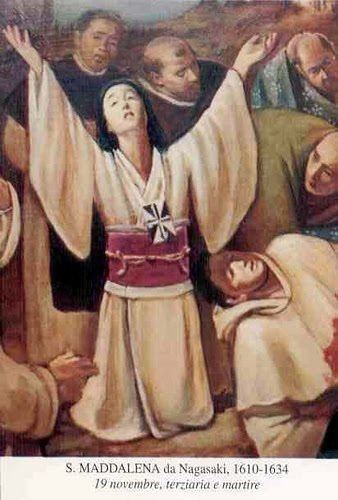
Some time later, and attired in her Augustinian habit, Magdalene turned herself into the authorities and declared herself a follower of Jesus Christ. At age 23, she died on October 15, 1634 after thirteen days of torture, suffocated to death and suspended upside down in a pit of offal on a gibbet (釣殺し tsurushi, "reverse hanging").
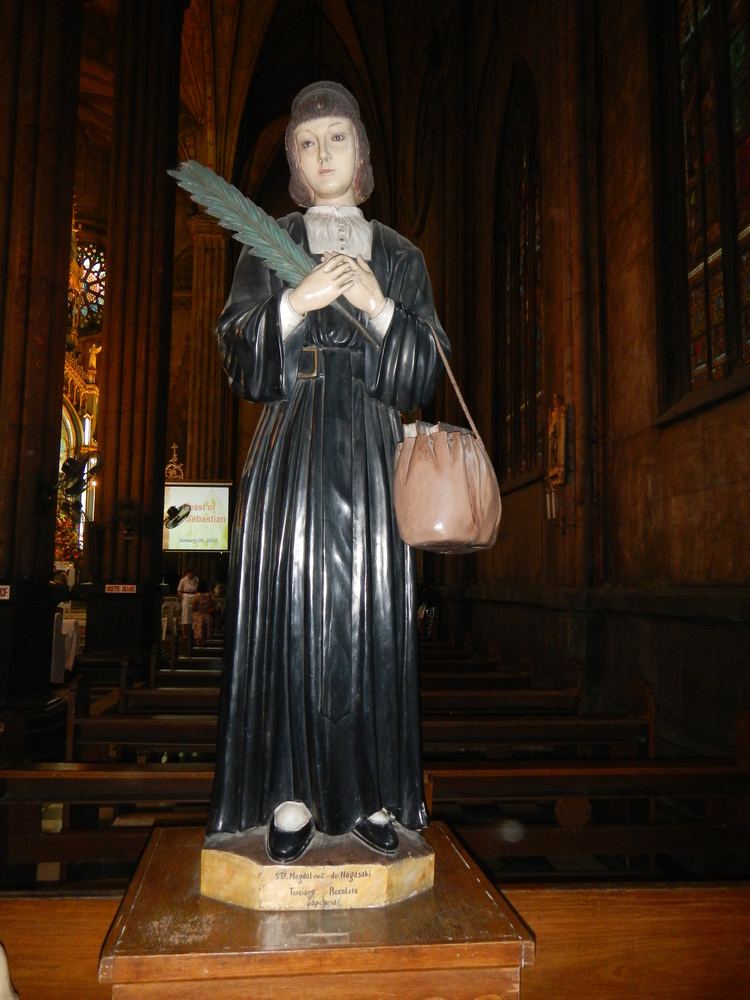
After death, her body was cremated and her ashes scattered in Nagasaki Bay.
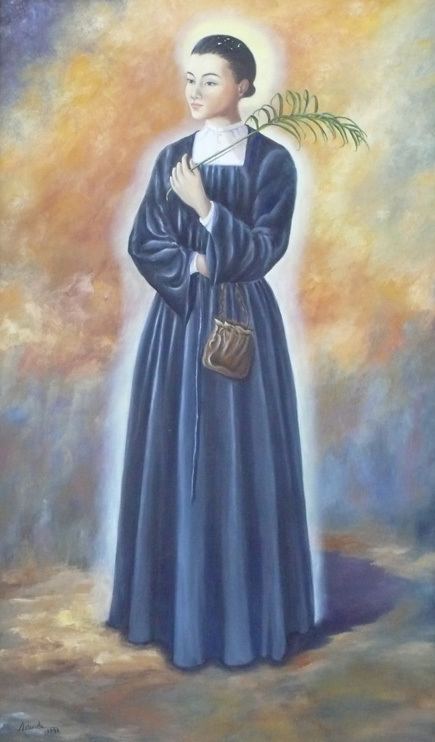
She was beatified by Pope John Paul II on February 18, 1981 in Manila, and canonized on October 18, 1987 at Vatican City.
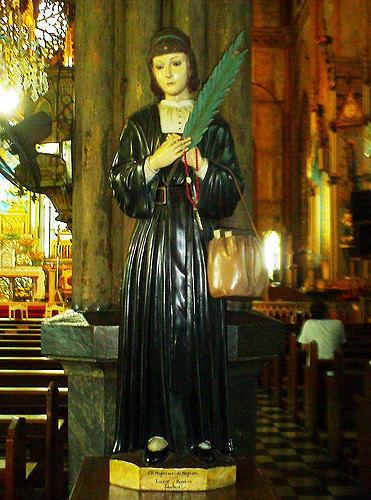
SAINT MAGDALENE OF NAGASAKI - SHORT LIFE STORY
SAINT MAGDALENE OF NAGASAKI
Depiction
Though the official picture of Magdalene of Nagasaki shows her wearing an Augustinian habit while holding a palm leaf in her hands and carrying a bag through her elbow, another depiction of her is used by the Dominicans for their own devotion. Instead of the black habit, she is shown wearing a kimono while holding a cross in her hands. One sculpture of her shows that she wears a veil with a crown or halo on her head. More depictions show the differences of her picture such as holding a palm leaf and rosary in separate hands.
